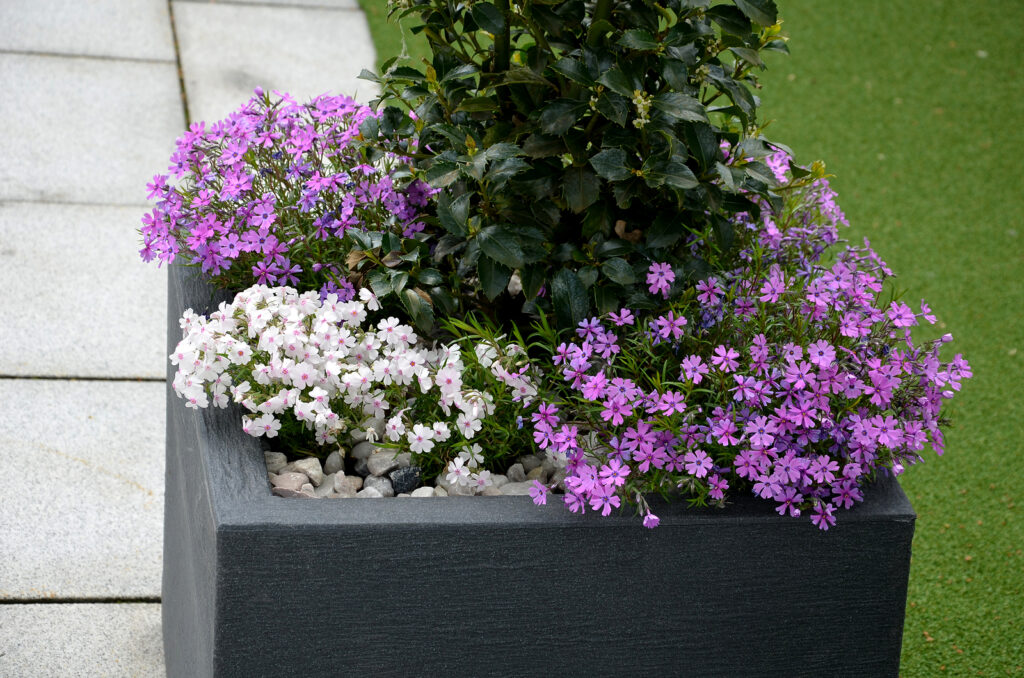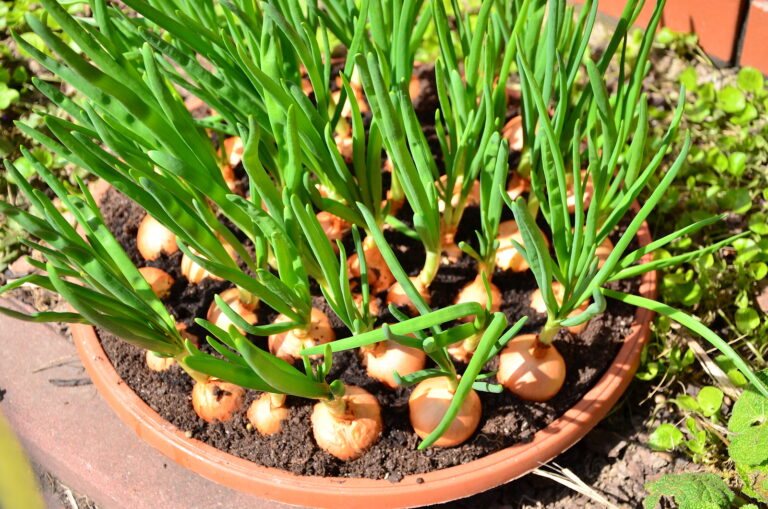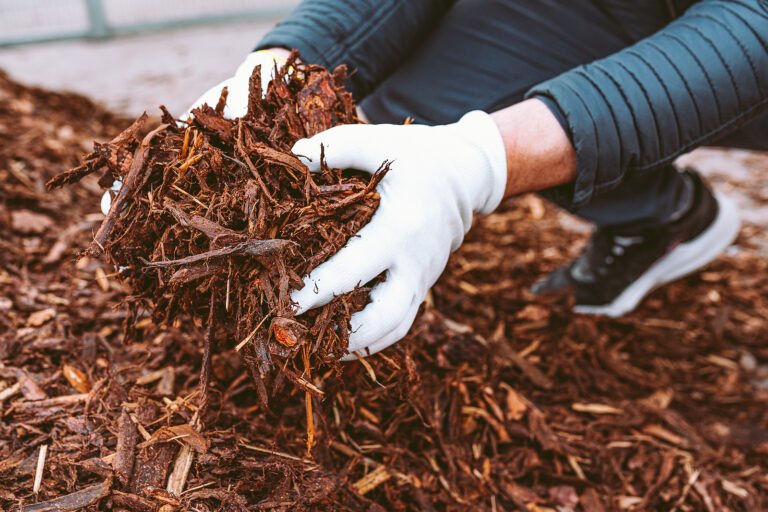Planting Pot and Container Guide
Growing plants in pots and containers is not difficult. One of the first decisions to make when growing plants in pots and containers is the type of container that will work best for the plant and the place you want to grow it. There are many choices of container materials — terra-cotta/clay, plastic, and fiberglass are the most popular, but you can also use containers made of fabric, wood, ceramic, resin, metal, glass, and cement.
With so many types of planting pots available, it can be overwhelming to decide which ones are best suited for your needs. this guide aims to make your decision easier by providing an overview of some common types of planting pots and their characteristics.

Planting pots basics to know
Container material
A container’s material can affect its function. Clay and terra cotta are beautiful but porouse; they tend to dry out quicker than other materials. Plastic, resin, and fiberglass are lightweight and hold moisture well, but they may not be as attractive. Wood boxes including window boxes and whisky barrels hold moisture well but are prone to rotting. Metal containers such as troughs are tough but they can hold heat which can damage plant roots — the weight and higher price may be a barrier. Cement is functional but very heavy.
Size and shape
Large containers can be expensive no matter what material they are made of. They hold moisture well and can have a strong impact on the space. Small containers are less expensive but will dry out more quickly.
Low shallow containers are best for trailing plants. Tall containers are best with tall plants. A medium container can include both trailing and upright plants. Round containers will require more room when grouped together. Square or rectangular containters can be displayed closer together than round contianers, but the affect may be more formal than round containers.
Where to place a container
It’s important to place containers where the plants get the amount of sun and shade they need. Place containers where there is ready access to water and where it is easiest for you to care for and groom the plants. Here are ideas for placing containers:
- Group containers that share similar or complementary characteristics — material, size, shape. For example, group all clay pots or all wood containers.
- Group different types of containers with plants that go together or share a theme. For example, group herbs together or group plants of similar of complementary flower colors together.
- Set pots on either side of a door.
- Line containers along steps or alongside a railing.
- Create a focial point. Use plant sizes or colors to arrange a grouping.

Most popular types of planting pots
Terra cotta or clay pots
Terra cotta pots or clay pots are a timeless option that offer a classic and natural look. These pots are made from clay and baked at high temperatures, giving them their characteristic reddish-orange color. Terra cotta pots are known for their excellent drainage, which helps prevent water from stagnating and potentially damaging the roots.
Terra cotta or clay pots are known for their breathability, allowing excess moisture to evaporate from the soil. This helps to prevent overwatering and root rot. These pots are visually appealing with their rustic charm and natural color tones. However, they tend to be heavy and fragile; they can be prone to cracking in cold temperatues, so they may not be suitable for larger plants or outdoor use in extreme weather conditions. If you live where the weather gets very cold or very hot, consider additional insulation or a lining to protect delicate plants.
Ceramic pots
Ceramic pots are often chosen for their elegant and decorative designs. These pots are typically made from clay that is fired at high temperatures, resulting in a smooth and glossy finish. Ceramic pots are heavier and more fragile compared to other options, but they offer excellent insulation for plants, protecting them from extreme temperatures.
Ceramic pots are known for their elegance and aesthetics. They tend to be more expensive than terra cotta. They come in a wide range of designs, patterns, and colors, adding a touch of sophistication to your garden. Ceramic pots are heavier and may require extra care while handling–they are prone to chipping and cracking if mishandled. Ceramic pots are excellent at regulating temperature and provide insulation to the plants, protecting them from extreme heat or cold. Ceramic pots are heavy and provide good stability for taller plants, making them less prone to tipping over.
Be sure that the ceramic pot you choose has optimal drainage. You may want to place a saucer or pebbles beneath a ceramic pot to prevent excess water accumulation. Be cautious about overwatering your plants.
Plastic pots
Plastic pots are a popular choice for their affordability, durability, and versatility. These lightweight pots come in a variety of sizes, shapes, and colors, making them suitable for both indoor and outdoor gardens. Plastic pots retain moisture well, which can be beneficial for plants that require consistent watering. However, they may not offer the same breathability as other materials, and proper drainage holes must be added to prevent waterlogging.
Plastic pots are excellent for beginners or for those on a tight budget. They are easy to clean and maintain. However, they may not be as aesthetically pleasing as other options.

Wooden containers
Wood garden containers are aesthetically pleasing: they can add a natural and rustic charm to a garden or outdoor space. Wood has natural insulation properties, helping to regulate soil temperature and protect plant roots from extreme weather conditions. High-quality wooden planting containers can be long-lasting and resistant to rot and decay if properly maintained.
Wooden planting containers can be easily customized to fit different sizes and shapes, making them versatile for various gardening needs. Wooden containers breathe; they allow air to circulate through the soil, promoting healthier root growth for plants.
Wooden planting containers are susceptible to rot and decay over time, especially if exposed to moisture and humidity. Wood is heavier than other materials such as plastic or metal, making wooden containers harder to move and transport. Wooden containers require regular maintenance, such as sealing or treating the wood to prevent decay and preserve their appearance.
High-quality wooden planting containers can be more expensive than other materials, making them a larger initial investment. Despite proper maintenance, wooden planting containers may have a limited lifespan compared to other materials like plastic or metal.

Fiberglass and resin containers
Fiberglass and resin containers are lightweight, making them easy to move around and rearrange in the garden or patio. These containers are durable and long-lasting, and are able to withstand harsh weather conditions such as rain, sun, and frost without deteriorating.
Fiberglass and resin containers are available in a wide variety of styles, designs, and colors to suit any garden or patio aesthetic. These containers are easy to clean and require minimal upkeep compared to other materials like clay or terracotta.
Fiberglass and resin containers can be more expensive than other materials like plastic or clay, which may not fit everyone’s budget. These containers do not have the same breathability as clay or terracotta, which can affect plant health and growth if not properly managed. While fiberglass and resin containers are durable, they can still crack or break if mishandled or dropped. Fiberglass and resin are not biodegradable materials, so they may not be the most environmentally friendly option for planting containers.
Metal containers
Metal containers are extremely durable and long-lasting; they are able to withstand harsh weather conditions. Metal containers have a sleek, modern look that can add a touch of sophistication to a garden or outdoor space. They are available in a wide range of shapes, sizes, and styles, making them suitable for a variety of plants and design preferences. Metal containers are less likely to lose moisture through evaporation compared to other materials like terra cotta or plastic.
There are disadvantages of using metal planting containers: metal containers can heat up quickly in direct sunlight, potentially damaging the roots of sensitive plants; over time, metal containers may rust or corrode, especially if they are not properly treated or maintained; metal containers can be quite heavy, making them difficult to move or reposition once they are filled with soil and plants.
Consider the cost of metal containers; they are typically more expensive than other materials like terra cotta, plastic, or ceramic.

Fabric pots
Fabric pots, also known as grow bags, are gaining popularity among gardeners. These pots are made from breathable fabric material that allows optimal airflow to the roots. The fabric also promotes better drainage and prevents root circling, leading to healthier and stronger plants. Fabric pots are lightweight, portable, and can be easily folded for storage.
Fabric grow bags are lightweight, reusable, and easily foldable, making them a convenient option for those with limited space. Even filled with soil, fabric pots are more lightweight than other containers. They are easy to move and arrange (they typically have fabric handles). Fabric pots can be emptied, folded, and stored at the end of a growing season.
Hanging baskets
Hanging baskets are perfect for those who want to add a touch of greenery to their porch, balcony, or any other vertical space. These pots are usually made of plastic,wire, metal, or woven materials such as coconut fiber that provide sufficient drainage and support for trailing plants. Hanging baskets come in various sizes, shapes, and designs, allowing you to create a stunning display of cascading flowers or lush foliage.
Hanging baskets typically come with built-in hooks or chains, allowing you to effortlessly hang them. Hanging baskets are ideal for flowers and trailing plants, creating a stunning visual effect in your garden or balcony.
Hanging baskets require regular maintenance, including adequate watering and pruning, to prevent overcrowding and tangling of the plants. Hanging baskets are commonly smaller than other containers so they require more frequent watering. If placed where there is day-long sun or where there are prevailing breezes; the soil will dry out more quickly than other containers.
Self-watering pots
Self-watering pots are an excellent choice for gardeners who have a busy schedule or often forget to water their plants. These pots have a reservoir at the bottom that stores water, providing a steady supply to the plant roots. This innovative design ensures optimum plant hydration and reduces the risk of overwatering.

Planting pot buying tips
Size
Consider the size of the plant and its root system when choosing a pot. A too small pot can stunt the growth of the plant, while a too large pot can lead to overwatering and root rot. Look for a pot with sufficient room for the plant to grow and develop its root system.
Drainage
Proper drainage is crucial to prevent waterlogging and root rot. Look for pots with drainage holes or consider adding your own if necessary. If you prefer decorative pots without drainage holes, place a layer of gravel or pebbles at the bottom to enhance water drainage.
Material
Consider the pros and cons of different materials when choosing a pot. Plastic pots are lightweight and affordable, while terracotta pots are breathable but heavy. Ceramic pots offer style and insulation but can be more fragile. Choose the material that best suits your plant’s needs, your style preferences, and the intended location of the pot.
Aesthetics
Planting pots can be a statement piece in your home or garden. Consider the overall aesthetics and choose a pot that complements your interior décor or outdoor landscape. Whether you prefer bold colors, minimalist designs, or earthy tones, there are plenty of options available to match your style.
Price
Determine your budget and find pots that fit within that range. Remember that investing in high-quality pots can prolong their lifespan, resulting in long-term savings.

Measuring for the right pot size
Correct pot size is crucial to ensure the healthy growth of your plants. Here’s how you can do it:
1. Take note of the plant’s current size: Measure the height and width of your plant, including the foliage. This will give you an idea of the pot’s depth and diameter required to accommodate the roots and support the plant’s growth.
2. Consider future growth: Keep in mind that plants grow, so it’s wise to choose a pot that allows space for root development. A general rule of thumb is to select a pot that is 2-4 inches larger in diameter compared to the plant’s current container.
3. Check for drainage holes: Ensure that the pot has adequate drainage holes at the bottom to prevent waterlogging. Too much moisture can lead to root rot, which can harm the plant’s health.
4. Consider the space: Consider where you’ll be placing the plant and measure the available space. This will help determine the height and width of the pot so that it fits seamlessly into your living space.
Related articles:
Choosing Plants for Containers
Flower Gardening in Containers
Container Vegetable Gardening Guide
Pot and Container Sizes for Growing Vegetable Crops
Container and Pot Sizes: How Much Soil Do I Need?







